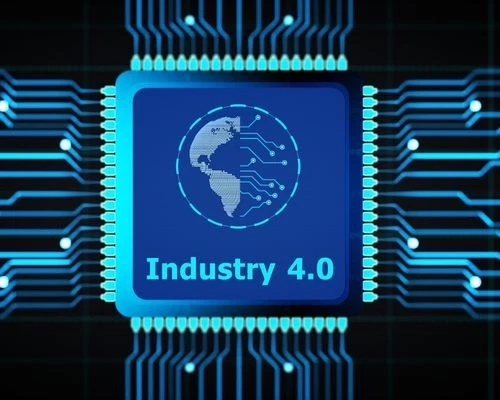Intel to Invest Billions of Euros to Build German “Silicon Junction”
Add bookmark
Chip maker Intel has announced plans to invest billions of dollars into new semiconductor manufacturing facilities and R&D labs in Europe. Intel is dubbing the new German mega site as Silicon Junction and expects that it will connect other centers of innovation and manufacturing across the country and region.
The move comes as the global shortage of semiconductors - a vital component in modern electronics – shows no sign of abating any time soon. Toyota announced yesterday that it would reduce its Japanese production forecast due to the ongoing supply shortage of semiconductors.
In the past two years the semiconductor industry – which is dominated by Asian manufacturing giants Taiwan Semiconductor Manufacturing Co. and Samsung Electronics Co - has been hampered by supply chain issues related to COVID-19 and has been unable to keep pace with the rapid rise in demand for electronics.
Approximately three quarters of the world’s chips are produced in Asia, according to a joint report by the Semiconductor Industry Association and the Boston Consulting Group published in 2020.
Companies from car makers to phone manufacturers have had to cut production forecasts due to short supply. The challenges have led to increasing calls by political leaders on both sides of the Atlantic to increase manufacturing capacity of the vital chips.
Intel’s plans are part of a move to increase manufacturing capacity in Europe and the United States and include a 17 billion euro investment into a semiconductor mega-site in Germany, an R&D and design hub in France and other R&D and manufacturing sites in Ireland, Italy, Poland and Spain.
The company previously announced plans to build the largest chip making facility in the world in Columbus, Ohio as well as two major new plants in Arizona.
The German site is expected to break ground in 2023 and be complete by 2027, subject to European Commission approval.

















